1. Reframing Spirituality: Beyond the Stereotype
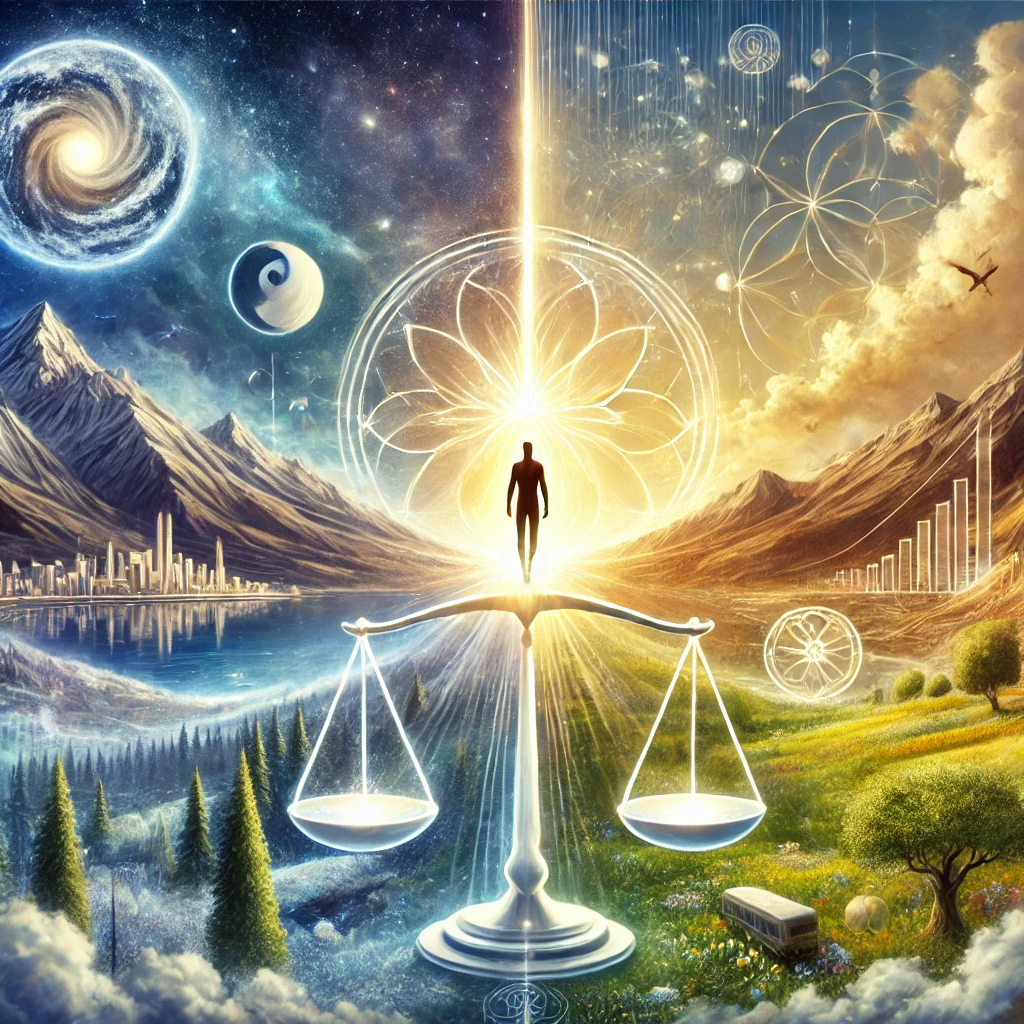
When people hear the word “spiritual,” it often conjures images of quiet retreats, meditation, and a detachment from worldly concerns. It’s a vision of peace and transcendence—but one that often assumes spirituality is separate from the messiness of everyday life.
Yet, what if being spiritual isn’t about escaping the human experience, but fully embracing it? What if true mastery lies in embodying both the divine and the human, walking through life with an open heart and clear awareness, even amidst its challenges?
This is the essence of the “and.” It’s the realization that we are not here to choose between the spiritual and the physical, the divine and the human, or even peace and action. Instead, the “and” allows us to hold it all—awareness of our eternal nature while engaging deeply and consciously with the world.


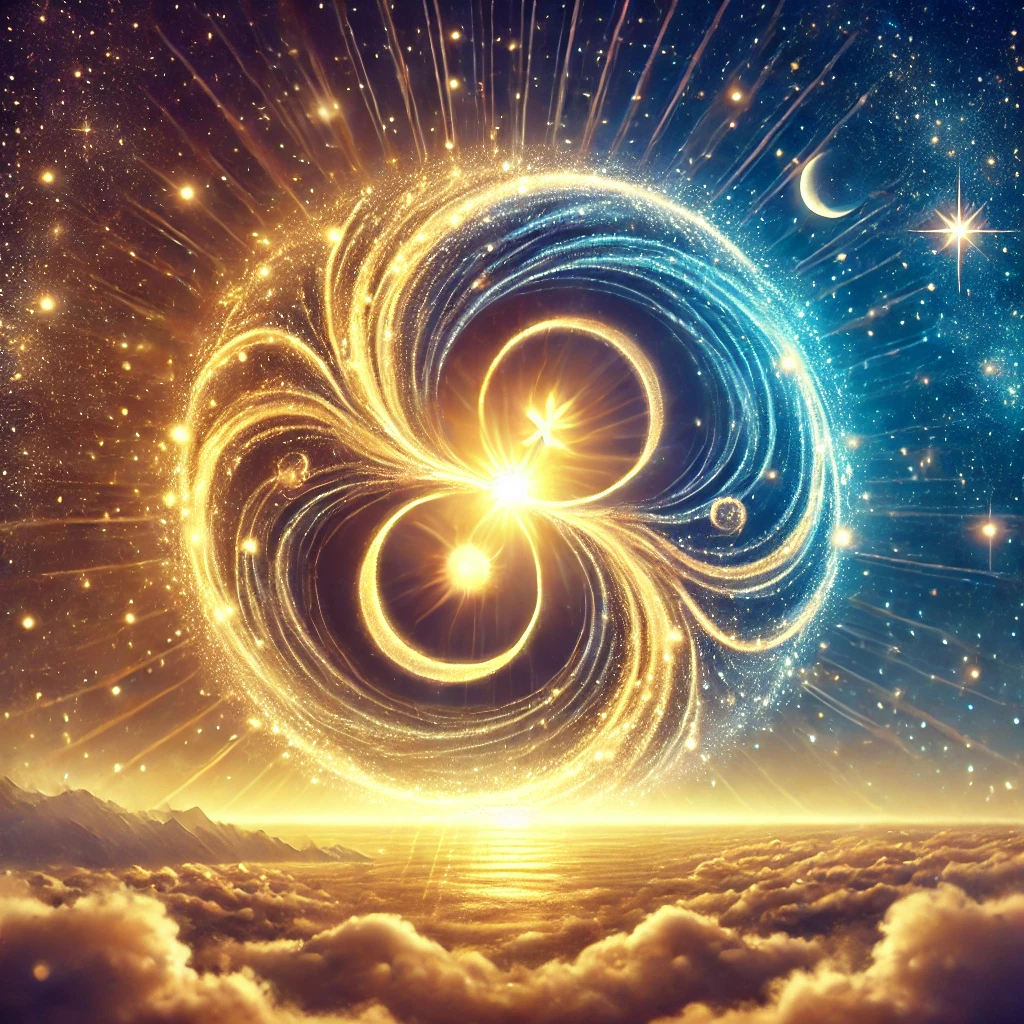

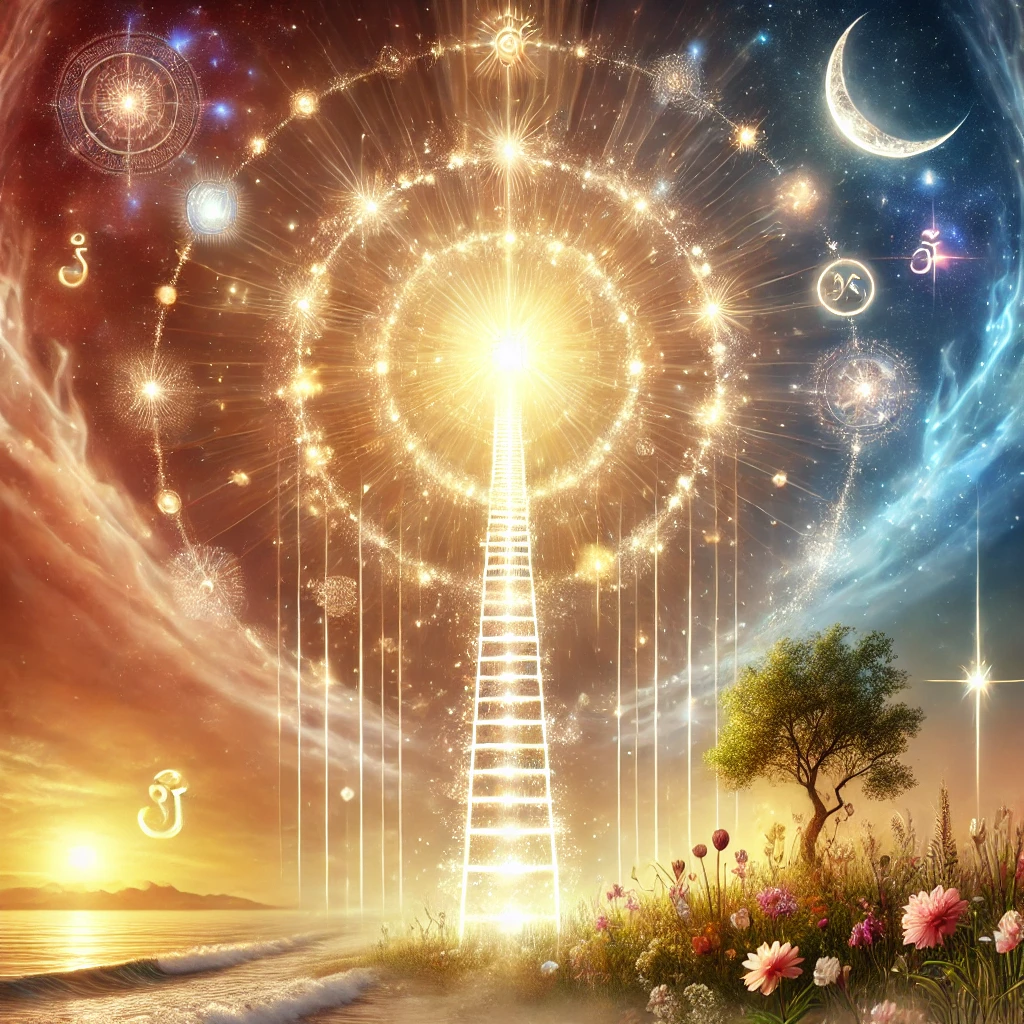
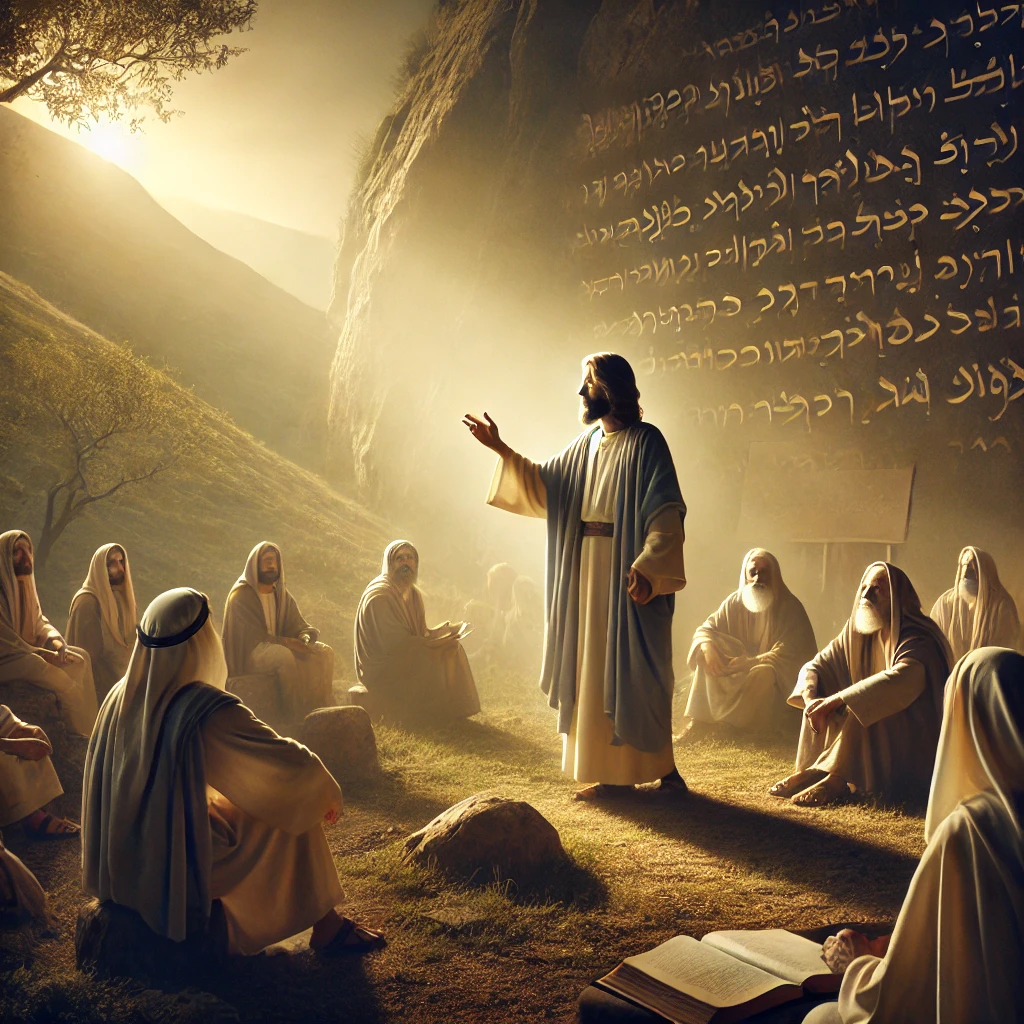

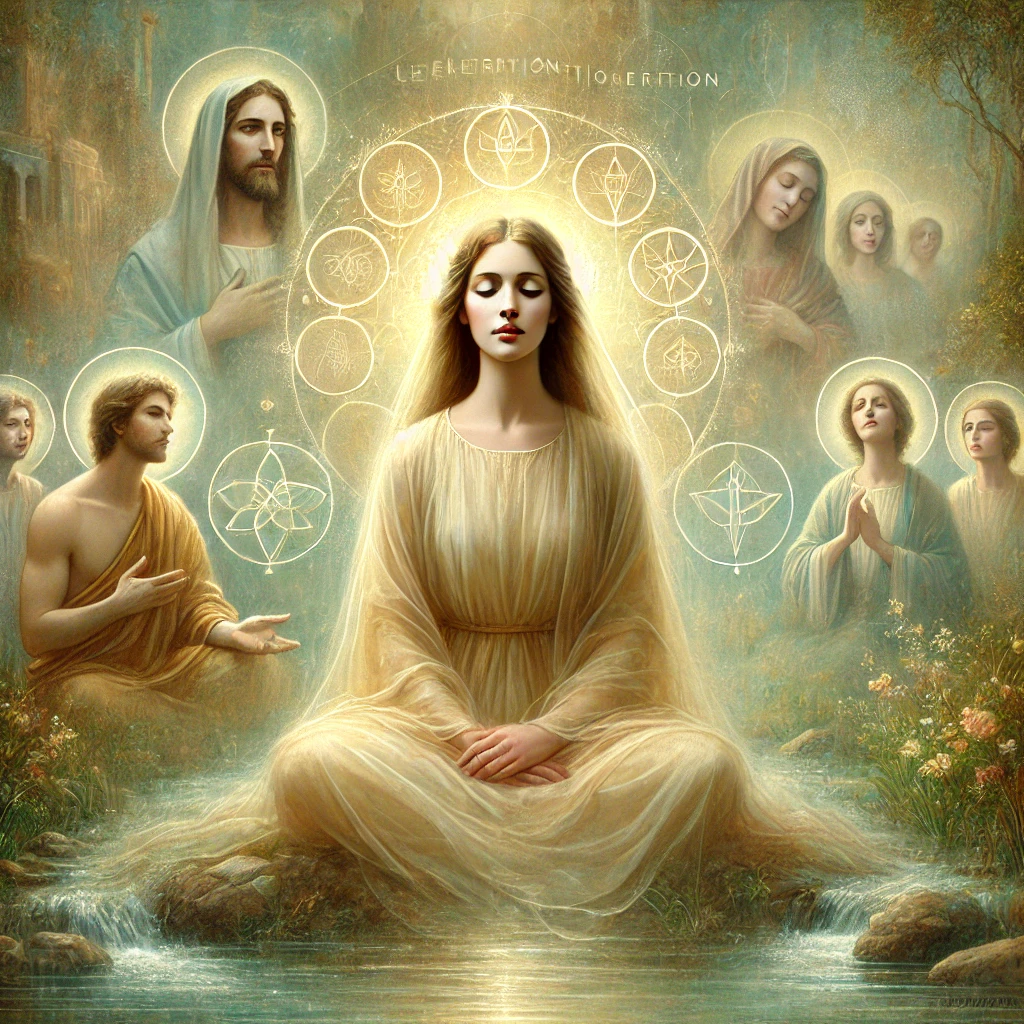
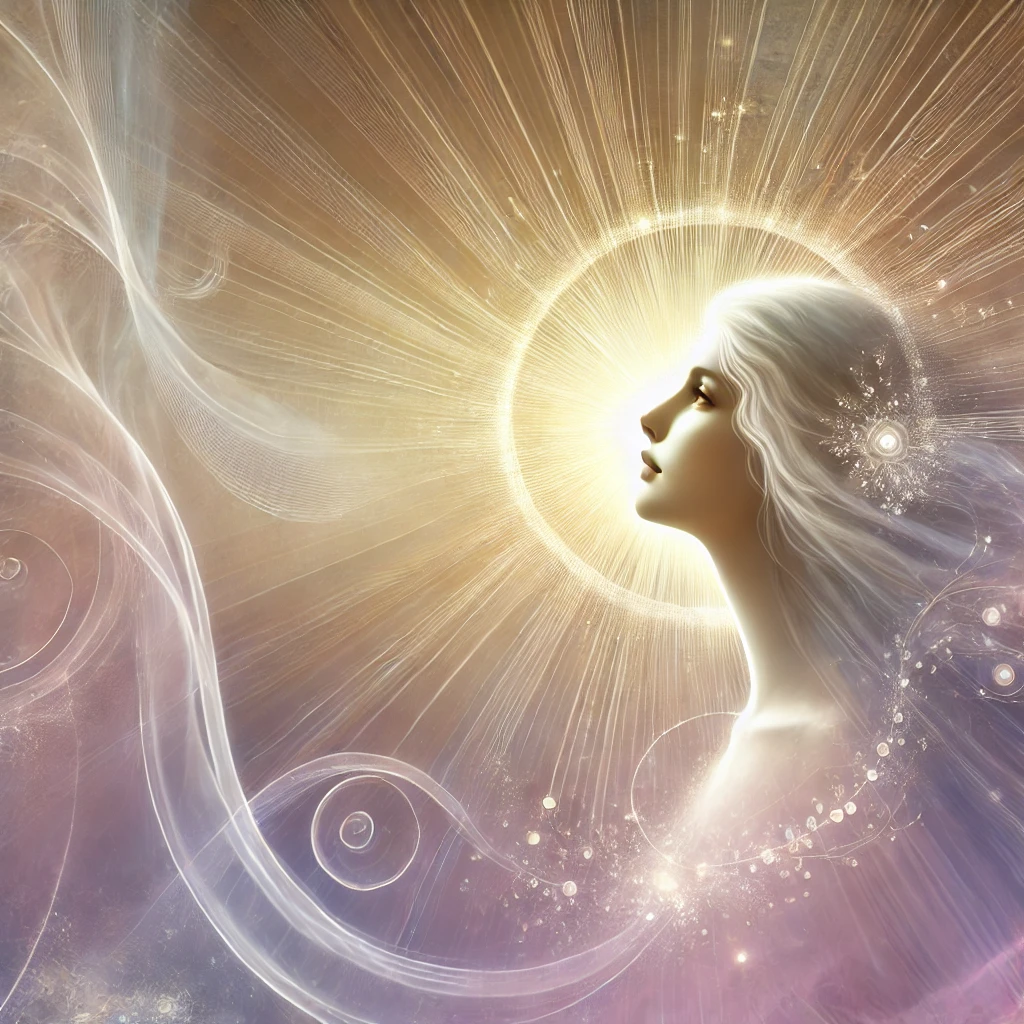
Chapter 4: Healing Through Unity
By Terry Spires
On 2024-12-02
In The Experience of Love: A Commentary on Awakening, Unity, and the Divine Self
Chapter 4 of The Experience of Love: A Commentary on Awakening and Wholeness
Healing is not about fixing what is broken; it is about remembering what is whole. At the heart of all healing lies unity—the reunion of all that appears to be separate. This is the journey of the Sacred Masculine and Divine Feminine, whose harmonious dance creates the foundation for all love, all creation, and all transformation.
This chapter explores the power of unity as a healing force, both within ourselves and in the world. It invites us to embrace compassion, hold space for our humanity, and allow love to be the ultimate guide on our path to wholeness.
Read More